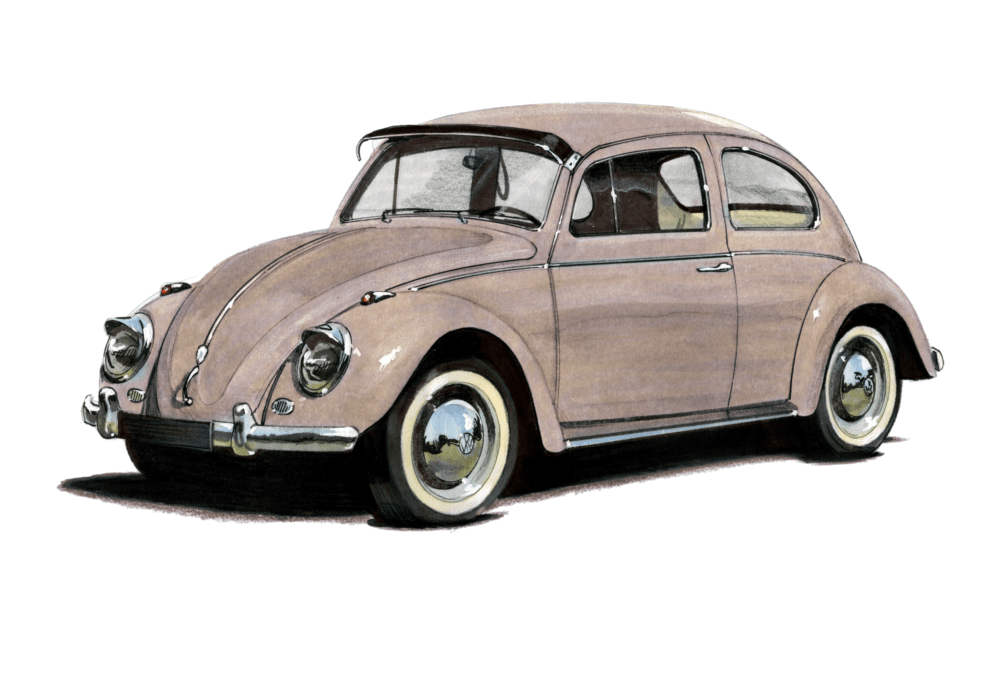
The Volkswagen Beetle, one of the most iconic cars ever produced, has a unique origin story that braids together economics, politics, and engineering. It’s a tale born from a vision centered on affordability, mass production, and the overarching ambition of a dictator.
The story of the Volkswagen Beetle begins in Germany during the 1930s. At the time, the country was under the grip of Adolf Hitler and the Nazi Party, who envisioned a car for the German working class – a ‘people’s car’, which translates to ‘Volkswagen’ in German. Hitler’s idea was to create an affordable car that could transport two adults and three children at a speed of about 100km/h. He believed this vision would symbolize the newfound strength and progress of the Nazi regime.
To bring this vision to life, Hitler collaborated with a brilliant automotive engineer, Ferdinand Porsche. Porsche, having already established a reputation in the automotive industry for his design capabilities, was intrigued by Hitler’s proposal. By the mid-1930s, Porsche had engineered a design that was dubbed as the “Volksauto” – a car that embodied simplicity, functionality, and affordability, and it was to be powered by an air-cooled, rear-mounted engine. This concept would later evolve into what we now recognize as the classic Volkswagen Beetle design.
Although Porsche and his team had devised the design and had completed a prototype by 1935, the manufacturing process required further refinements. Construction of the Volkswagen factory was authorized in 1938 in what is now Wolfsburg, Germany. However, the mass production of the Volkswagen Beetle was halted due to the outbreak of World War II, with the factory shifting its capacity to produce military vehicles instead.
When World War II ended, the Volkswagen factory was in a state of disarray. The factory was under the control of the British Army, who appointed Major Ivan Hirst to revive the plant. In a twist of fate, Hirst’s initiative to rebuild the factory and restart production of the Beetle was significantly fueled by the need for light transport vehicles in the post-war period.
In the midst of these efforts, the Beetle began to attract global attention. Beginning in the late 1940s, Beetle sales soared overseas, particularly in the United States. The Beetle’s appealing design, affordability, and reliability struck a chord with the American market and the “bug,” as it was affectionally called, became emblematic of the postwar economic boom.
Despite the end of Beetle production at the main Volkswagen factory in 1978, the iconic car continued to be produced in Mexico until 2003, and the Beetle’s design was revitalized in the late 1990s and again in 2012 as the ‘New Beetle’, symbolizing its enduring charm and appeal.
Therefore, the origin story of the Volkswagen Beetle is more than just the creation of a vehicle. It is a peek into a turbulent yet transformative period in human history. A case of innovative and efficient engineering commissioned by a dictator, adapted for war, resurrected by the British Army, and finally, embraced by families worldwide for its affordability and reliability. Its journey from being envisioned as a symbol of Nazi progress to becoming a global postwar icon is a testament to how context, history, and change can influence a product’s narrative and symbolism over time.